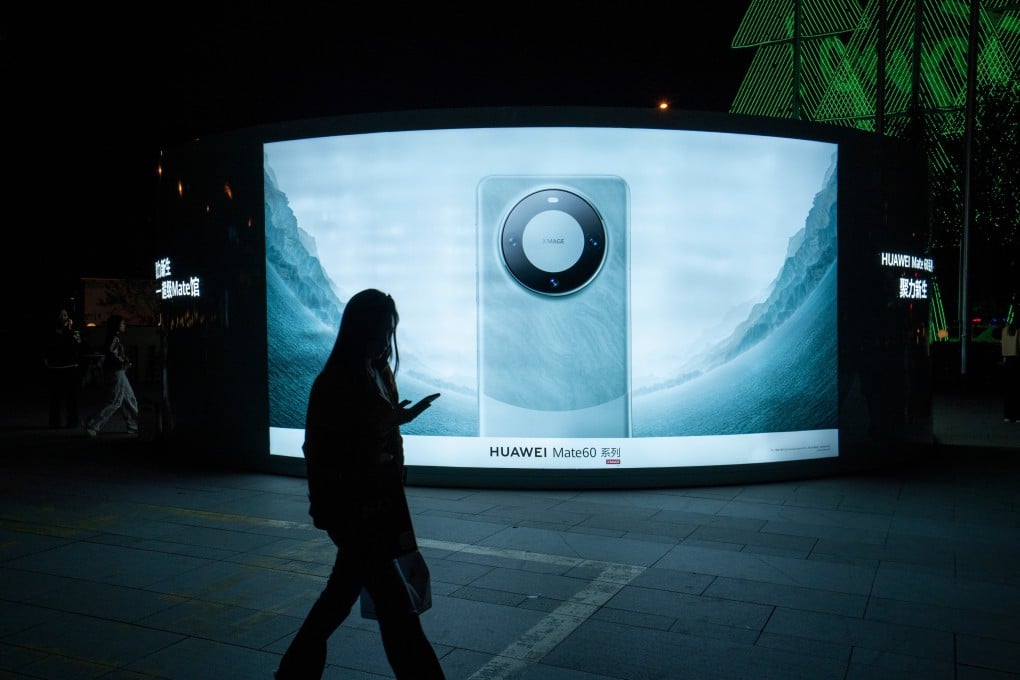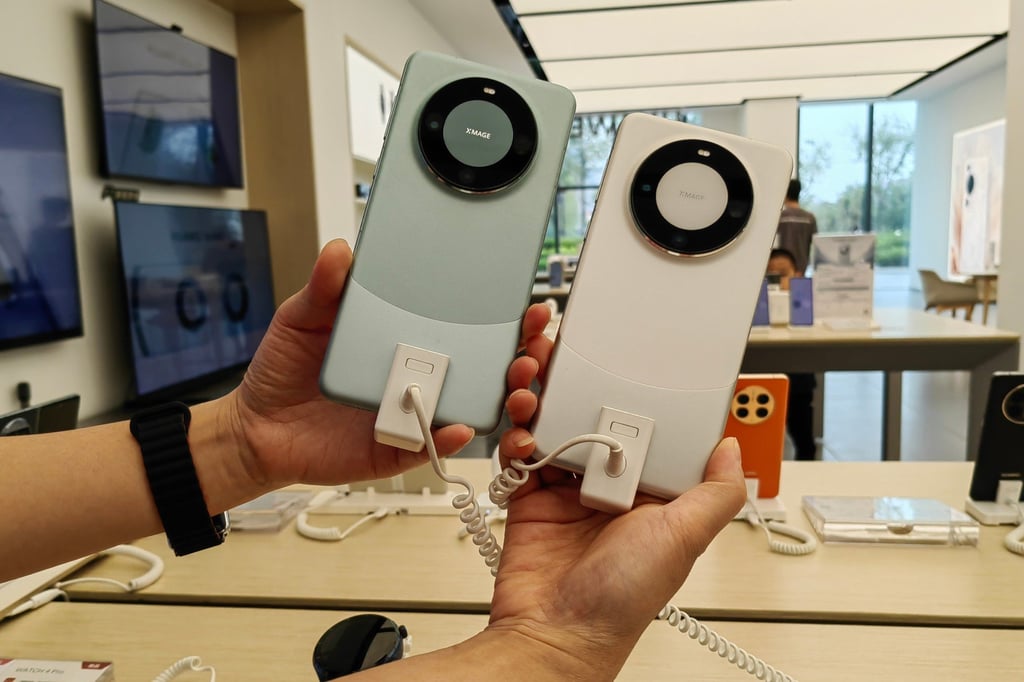Advertisement
Huawei has a big problem with the popular Mate 60 5G smartphones: there’s not enough supply to meet growing demand
- The current production capacity for Huawei’s Mate 60 Pro 5G smartphone cannot meet demand, resulting in wait time for orders of up to three months
- The secrecy surrounding the Mate 60 Pro’s mystery chip has also complicated how Huawei’s supply chain partners conduct parts provision
Reading Time:3 minutes
Why you can trust SCMP
13

Huawei Technologies is scrambling to crank up production of its new 5G smartphones to meet demand, according to analysts, as the wait time for its popular Mate 60 Pro model – the handset equipped with an advanced made-in-China chip that defies US sanctions – has been extended up to three months.
“Production capacity can’t meet demand, which is the reason Huawei is doing pre-orders,” said Counterpoint Research senior analyst Wang Yang, adding that presales help buy some time for Huawei to secure orders from its suppliers.
Wang also indicated that the secrecy surrounding the advanced Kirin 9000s processor used in the Mate 60 Pro has complicated how Huawei’s supply chain partners have conducted parts provision, a lengthy process that typically takes between 12 to 18 months before a device is launched.
Advertisement
In an unusual move for a product that was already launched, Huawei last week introduced a subscription programme for the Mate 60 Pro that promised a wait time of no more than 90 days after consumers place their orders via the scheme on its official website. Each consumer can only buy one unit, while orders will be shipped in a random sequence within a 90-day time frame.

Some consumers who joined that scheme shared their order status on Chinese microblogging platform Weibo, where they showed that promised delivery ranged from as early as this month to February next year.
Advertisement
Advertisement
Select Voice
Choose your listening speed
Get through articles 2x faster
1.25x
250 WPM
Slow
Average
Fast
1.25x